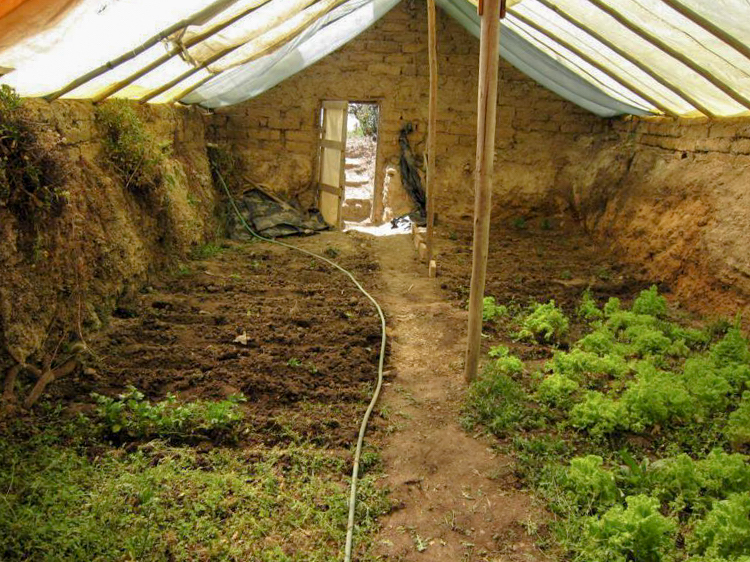Climate affects all life, including plants. Places with very cold climates have very small growing periods, and growers have to make use of different techniques to extend the growing season or to give their crops a boost.
Greenhouses are a good option but are very costly. But the underground greenhouse Walipini is a very inexpensive and effective alternative to glass greenhouses. Walipini is an Aymara Indian word which means a “place of warmth.”
This underground greenhouse is a very interesting setup that utilizes nature’s resources to provide a warm, stable, well-lit environment for year-round vegetable production.
Walipini is a rectangular hole which is situated around 6’ to 8’ deep underground. It is covered with a plastic sheet. It is built in the way that the longest area of the rectangle faces the winter sun (towards the north in the southern hemisphere and towards the south in the northern hemisphere).
The roof has two layers of plastic sheets to insulate airspace between and allow the sun’s rays to create a warm, stable environment for plant growth.
This technique was adopted by the Benson Institute in Provo Utah. The Benson Institute’s team of volunteers built a community-sized 74’ X 20’ walipini in La Paz, for a mere $250 to $300. However, they got free labor and used cheaper materials like plastic ultraviolet (UV) protective sheeting and PVC piping.








